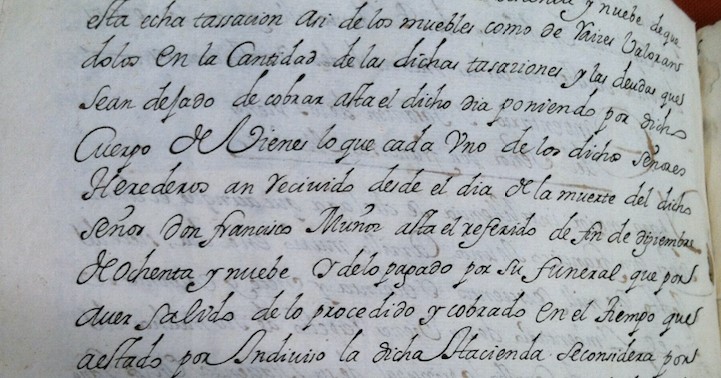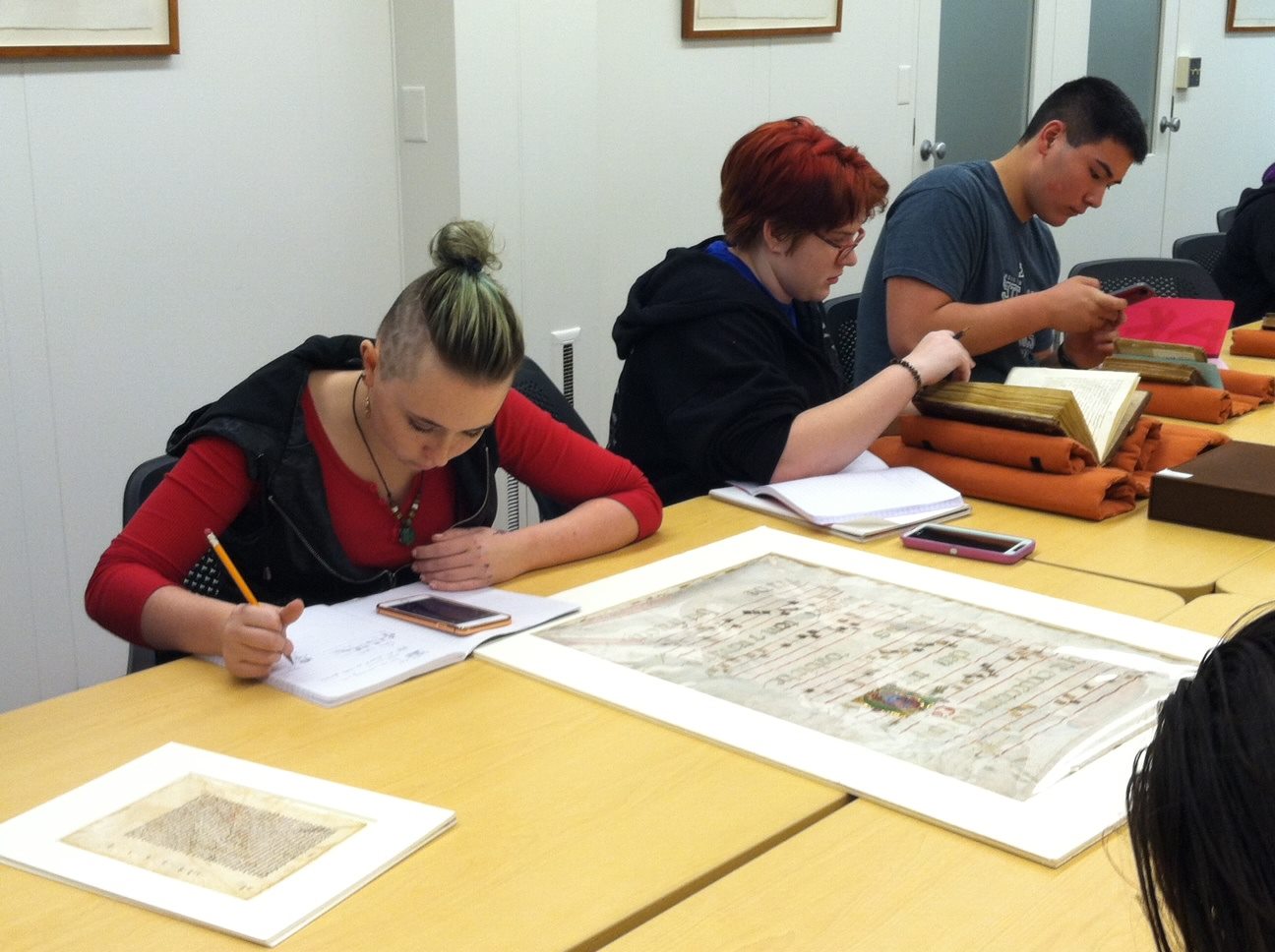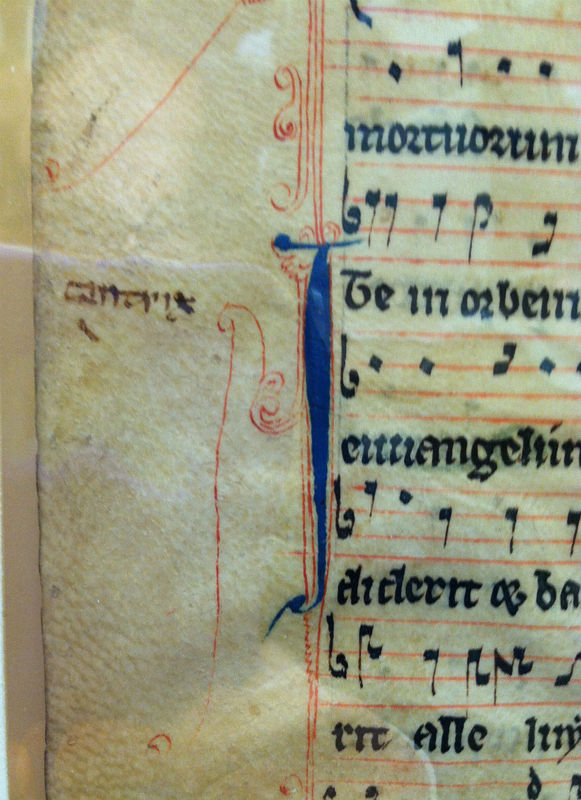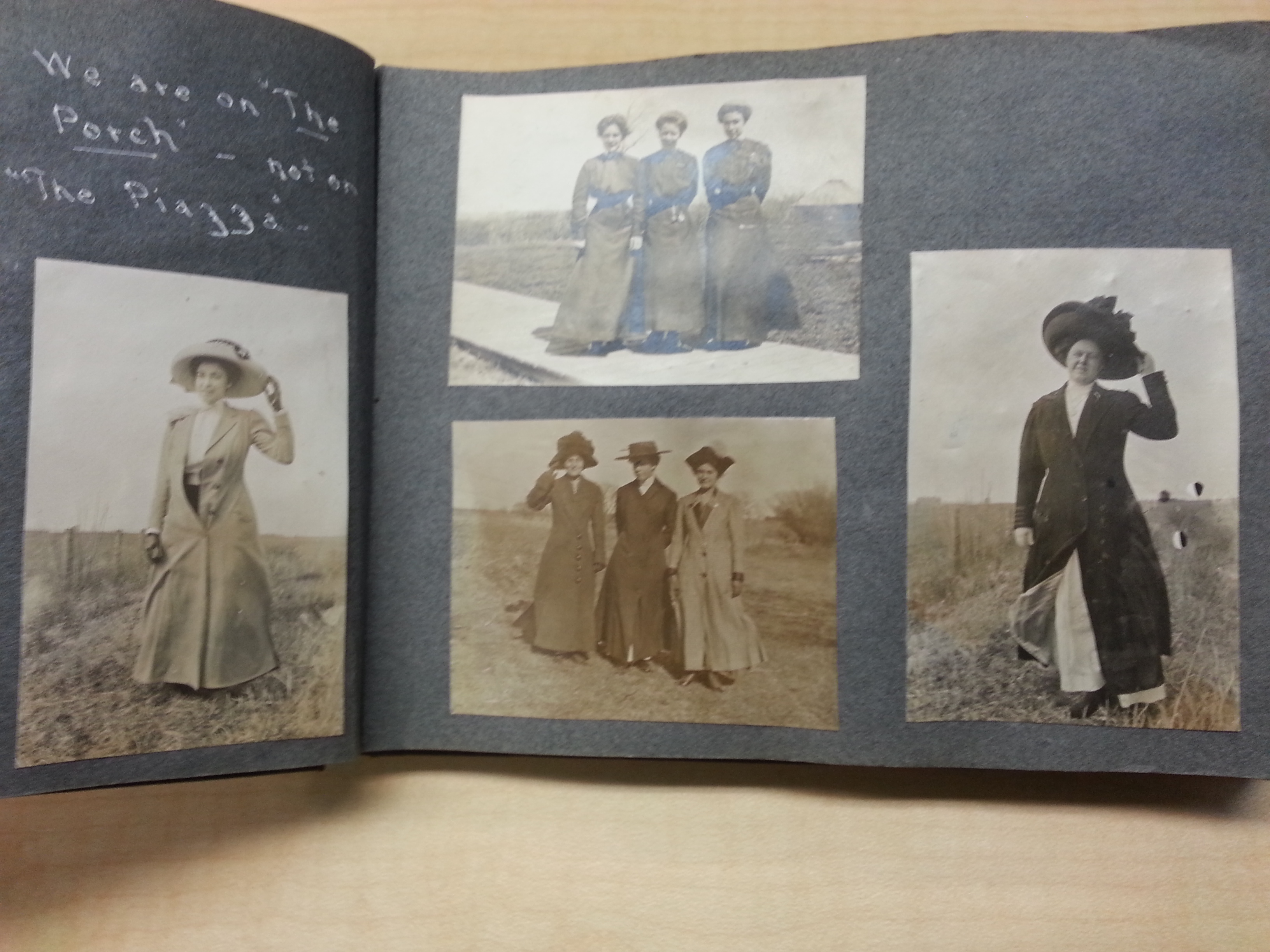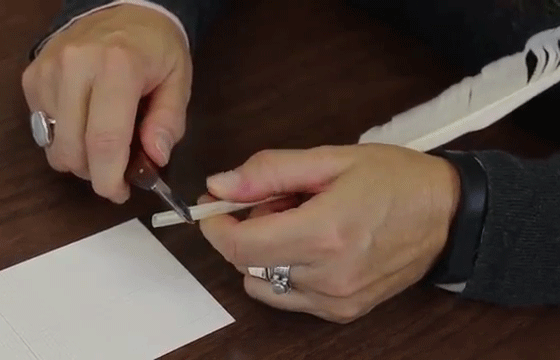If Books Could Talk is a collaboration between Heather Wacha from History Corps, a digital public history project from the History Department at the University of Iowa, Colleen Theisen, Outreach & Engagement Librarian from Special Collections, and Katie Buehner, Head of the Rita Benton Music Library from the University of Iowa Libraries. Heather Wacha researchedContinue reading “YouTube Series If Books Could Talk Finishes Final Episode”
Tag Archives: heather wacha
Meet the Manuscript
By Heather Wacha 28 beaver fur hats. 6 panels of tapestries. Wool from Flanders. Silks, cloths and linens. Furniture, paintings, and sculptures. Gold and Silver. All manner of carriages. If you had been an heir of the estate of Don Francisco Muñoz Carillo, a nobleman from Cuenca, Spain who died in 1687, you mayContinue reading “Meet the Manuscript”
Norwalk High School Artists Connect with History to Inspire New Creative Work
By Heather Wacha On Tuesday March 22, 2016 Special Collections welcomed 28 students from Norwalk High School, Norwalk, IA. The students were those of art teacher Maggie Harlow-Vogt. They had traveled all the way from Norwalk to Iowa City seeking inspiration from Special Collections and the Library’s Conservation Lab for their next art projects! TheContinue reading “Norwalk High School Artists Connect with History to Inspire New Creative Work”
Public History Partners Follow the Trail of a Dismantled and Lost Medieval Manuscript
Where are your other leaves? Re-discovering the Wilton Processional Even a single page from a medieval book can hold many secrets. Sometimes there are enough clues to uncover a surprising history. In March 2015, Heather Wacha, a PhD student in the History Department, and a member of History Corps, was assisting Special Collections in identifying aContinue reading “Public History Partners Follow the Trail of a Dismantled and Lost Medieval Manuscript”
Special Collections Weekly Update 1/29/2016
Upcoming Events: Iowa Bibliophiles Wednesday, February 10th at 7PM in the Special Collections Reading Room. Heather Wacha will be talking about a single Medieval manuscript leaf from Special Collections, Msc 542 xMMs.Pr1 and her process identifying it. She will present her findings about this text in the 13th century manuscript edition, 16th century early printed editions, asContinue reading “Special Collections Weekly Update 1/29/2016”
News and Updates from Special Collections 11/20/2015
Awards and Recognition Congratulations to John Fifield, Caxton Club Grant Recipient On Wednesday, November 18, University of Iowa Center for the Book students Ian Huebert, Amy Richard, and Special Collections’ Olson Graduate Assistant John Fifield all accepted grants from the Caxton Club at the Union League in Chicago. John’s grant will fund his return to theContinue reading “News and Updates from Special Collections 11/20/2015”

